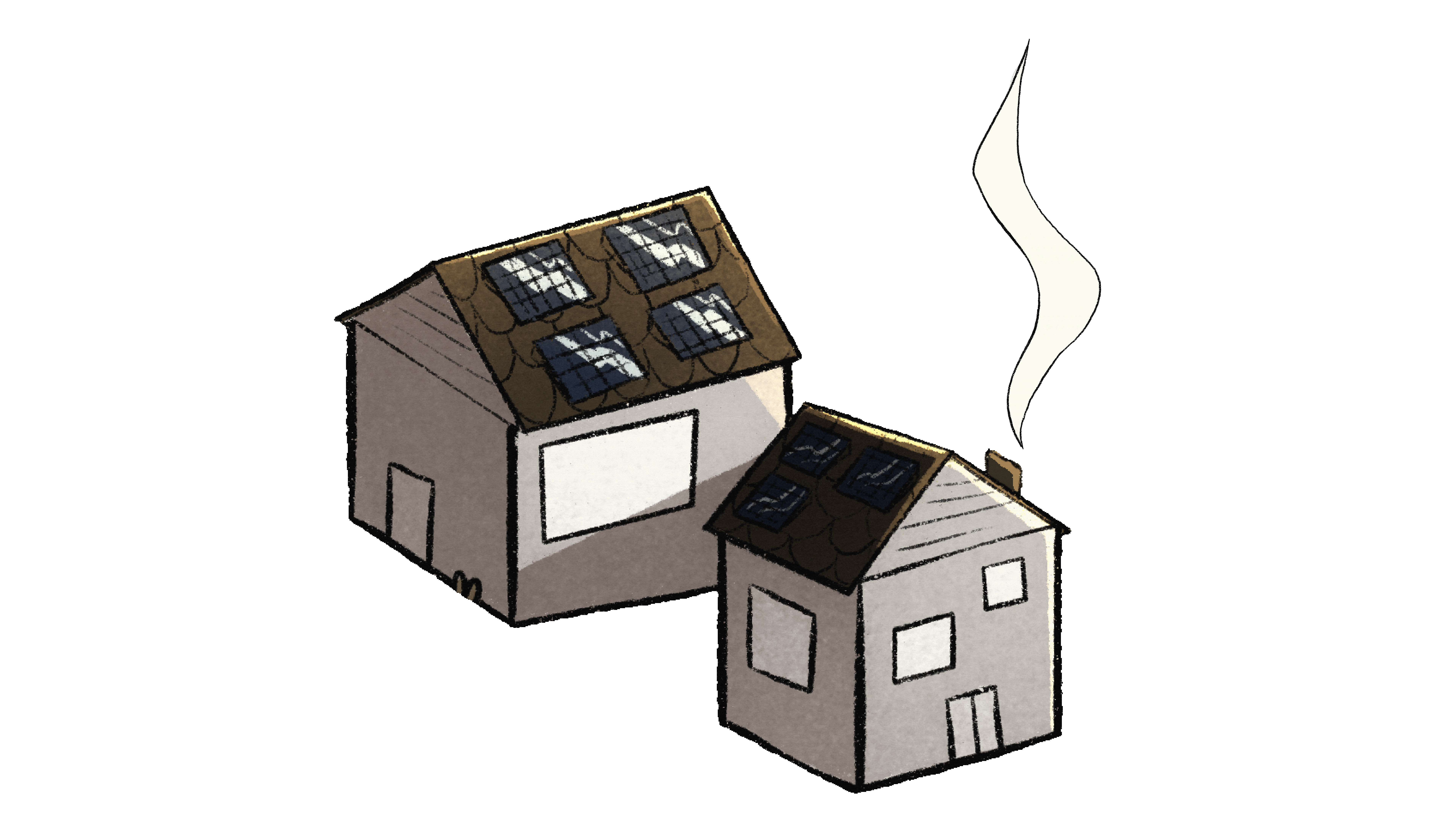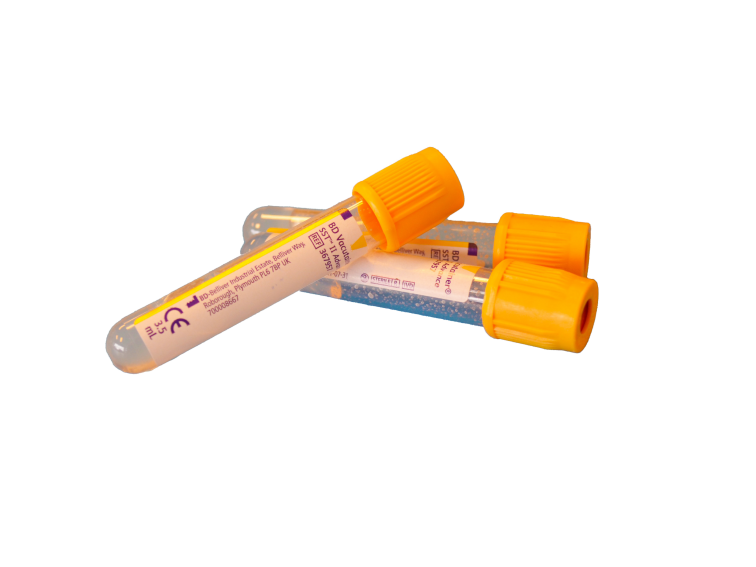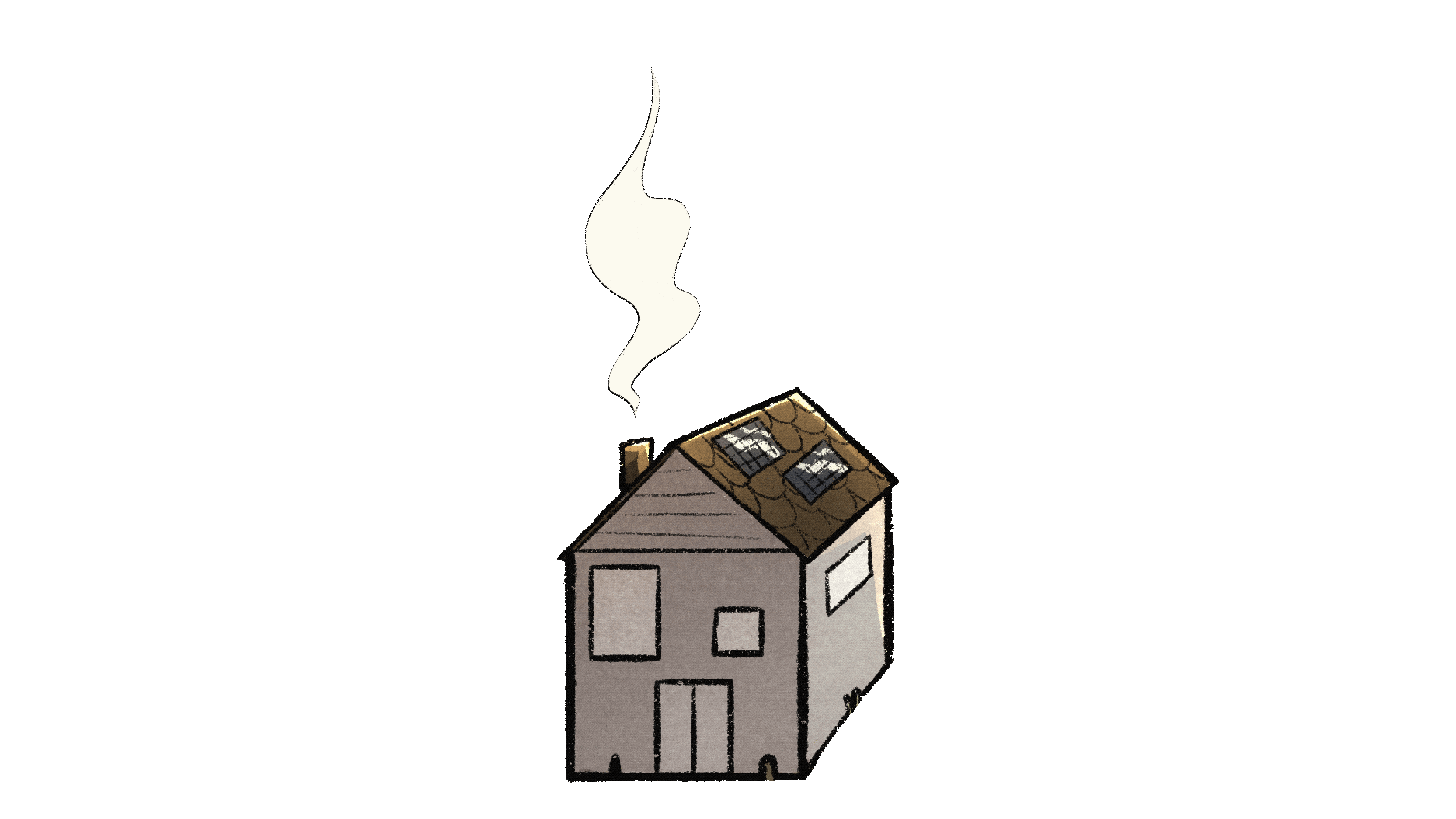

Curbing the cost of life-saving medicines
While scientists increasingly understand how molecules in drugs can improve health or inhibit disease, knowledge is not the only barrier to medical success.
In fact, the average research and development cost of bringing a new drug to market is estimated at USD$1.3 billion — making it impractical to pursue many promising interventions.
Dr Giuseppe Barca, a high-performance computing scientist at the Australian National University, is leading a group of researchers trying to alleviate these cost pressures by developing a molecular model designed to improve the pharmaceutical drug discovery pipeline by simulating tests normally performed in a lab.
The advanced model automates aspects of drug testing by identifying candidate drugs and predicting their affinity to interact with target proteins, by performing accurate quantum mechanical simulations.
As supercomputers improve, so does the quality of the simulations which have previously struggled to provide suitably accurate predictions, given the complexity of modelling at the atomic level. Simplifying molecular behaviour to be able to run the simulations on ordinary computing architecture can lead to inaccuracy.
The Pawsey Centre for Extreme Scale Readiness (PaCER) research group is now working to adapt the model, which was initially developed for CPU computing to Setonix’s powerful GPU-based platform.
The accuracy of the simulations, enabled by supercomputing, hopes to address the enormous cost of laboratory testing, estimated at roughly half the cost of developing new drugs.

